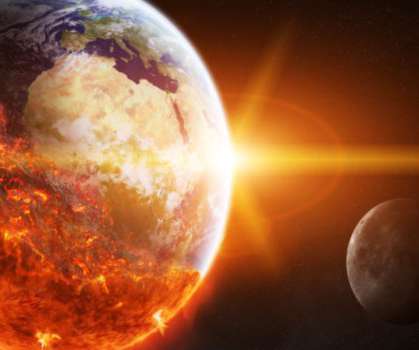Why You Should Care About The Latest IPCC Report | BreezoMeter
Breezometer
JUNE 7, 2022
Understanding Climate Change & Greenhouse Gas Emissions. The greenhouse effect is a popular name for the earth’s warming effect which occurs naturally when gasses in the atmosphere trap heat from the sun and prevent it from escaping back into space. Greenhouse Gas Emissions are Increasing.













Let's personalize your content